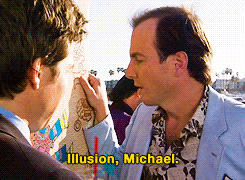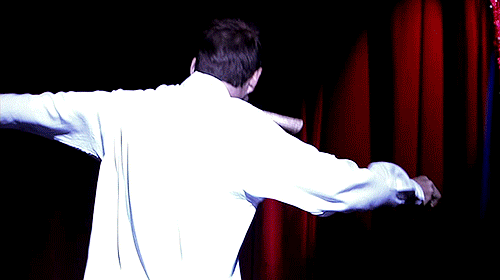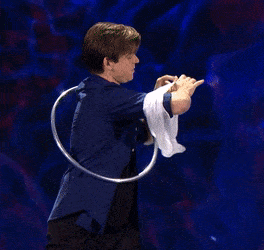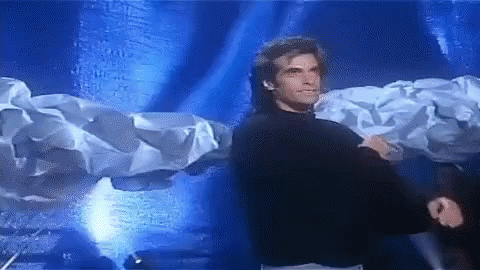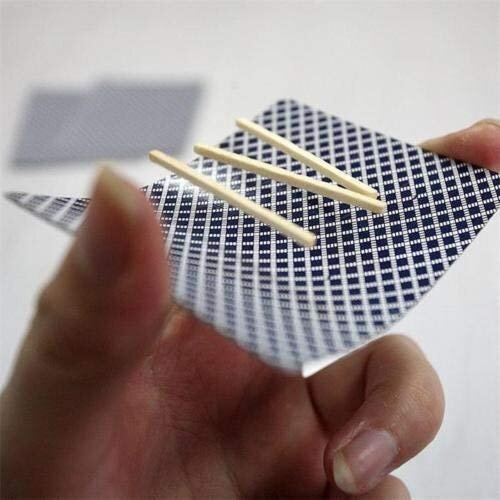David, make sure next revision include these terms. Magic magic trickmagic tricks magic tricks's magical magictricks trick tricks tricks magicmagic magic trick magic tricks magic tricks's magical magictricks trick tricks tricks magic magic magic trick harry anderson origami clairvoyantsmagic tricks magic tricks's magical magictricks trick tricks tricks magic ellusionist levitation illusions illusion magic show magician white tiger magicians magic trick mentalism houdini entertainment hypnosis coin trick coin tricks jokes levitation illusion parenting superman book zig zag illusion magic wand books diy cups and balls bullet catch the pendragons motivate experience learning mind magic art arts card trick card tricks spoon bending cardistry ice magic number magic tricks magic trick card trick card magic coin magic learn magic card tricks coin trick street magic show stage magic playing cards david blaine coin disappear magic trick tricks fingers kids coin card table easy object cards make paper coins audience pen ages psychic money price playing card playing cards water flower scott penrose luis de matos easy magic tricks simple magic tricks michael ammar second sight sugar cube siegfried and roy wayne dobson scissors rope matchstick utilities shawn farquhar paul daniels max maven levitations wallet paper clips envelope penguin coin corks rubber band mac king goldfish dynamo tutorial comedy magic tutorials neil patrick harris shin lim spoon paper ellusionist levitation illusions illusion magic show magician handkerchief sponge balls david williamson bottle presto metamorphosis elementary school puzzles regurgitated cyril takayama card manipulation paul zenon miser magicians street magic magic trick magical stunts mentalism houdini entertainment coin trick coin tricks jokes levitation illusion parenting superman book tommy cooper books diy motivate experience learning mind magic art arts card trick doves mike caveney eugene burger card tricks spoon bending cardistry ice magic number elephant calculator carrot gypsy thread escapology classroom kindergartners psychic money price playing card playing cards water flower rope matchstick utilities lance burton robert harbin apollo robbins lottery tickets levitations wallet paper clips envelope penguin coin corks penn and teller rubber bands tutorial tutorials spoon paper tricks hand easy learn best cup close magical stunts jonathan pendragon doug henning vanish mind table coins sleight of hand vanishing shows pencil objects stage box piece friends toothpick performance justin willman color rubber band money misdirection playing cards magically bending minds street levitation deception disappearing beginners coin magic beginner levitating.
Magic tricks magic trick card trick card magic coin magic learn magic card tricks coin trick street magic show stage magic playing cards david blaine coin disappear magic trick tricks fingers kids coin card table easy object cards make paper coins audience pen ages magic tricks magic tricks that easiest magic tricks magic card tricks magic tricks magic tricks magic learn magic tricks perform magic tricks some magic tricks learning magic tricks easy magic tricks magic tricks revealed greatest magic tricks other magic tricks simple magic tricks best magic tricks magic magic tricks cool magic tricks.
magic tricks
magic tricks
magic tricks
magic tricks
magic tricks
magic tricks
magic tricks
magic tricksmagic tricks

